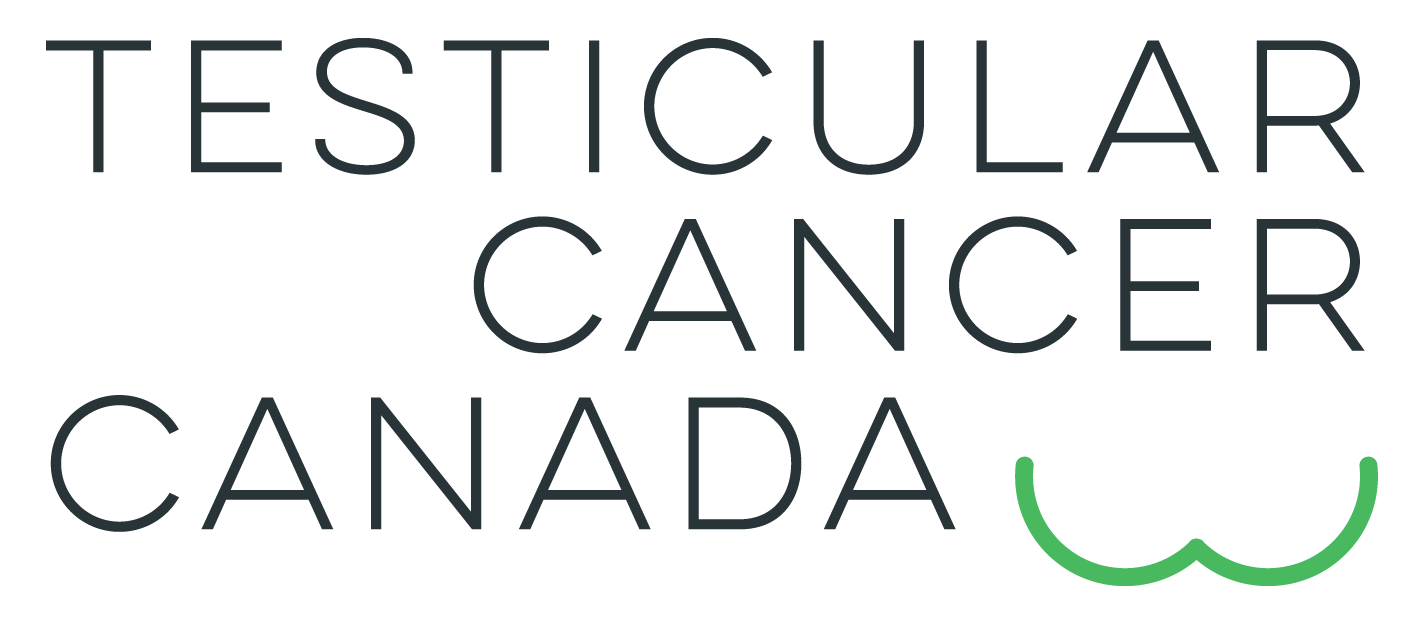Chemotherapy, Not the Chemicals you Think
Patients regularly ask me if they can stop taking their medication and turn to more natural sources, because they believe that all these chemicals are not necessarily good for them.
The same question comes from patients in oncology, but this time with chemotherapy. The word chemotherapy scares them, and with good reason. However, when you look at things closely, it's possible to notice that multiple components of chemotherapy are derived, even extracted, from natural sources.
Take, for example, testicular cancer, which is particularly interesting to us here. The basic chemotherapy for this cancer comprises derivatives of platinum (cisplatin), etoposide and sometimes bleomycin. Paclitaxel is also frequently used in cases of first line failures.
More specifically, cisplatin (and its cousin, carboplatin), is a derivative of platinum, a metal that has been extracted from natural deposits for a very long time, and which is sometimes considered as more precious than gold.
Etoposide is a derivative of podophyllotoxine. This toxin is produced naturally by herbaceous plants of the Podophyllum genus, some species of which grow here in Canada, in order to counter potential invasive species.
Bleomycin is an antibiotic that is produced naturally by bacteria, Streptomyces verticillus, in order to impede the development of other bacteria that could affect its growth.
Finally, paclitaxel is a natural substance found in the bark of a tree, the Pacific yew tree. For over 25 years, the production of paclitaxel was done almost exclusively using the tree, because the production of a synthetic compound was quasi-impossible due to the complexity of the chemical formula. Even today, the company that sells the product uses the bark for semisynthetic extraction of the compound.
Therefore, the term "chemical" does not mean that something is not natural, to the contrary. Mother Nature has proven once again that we are not even close to equaling her abilities as a chemist!
